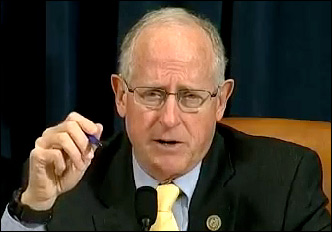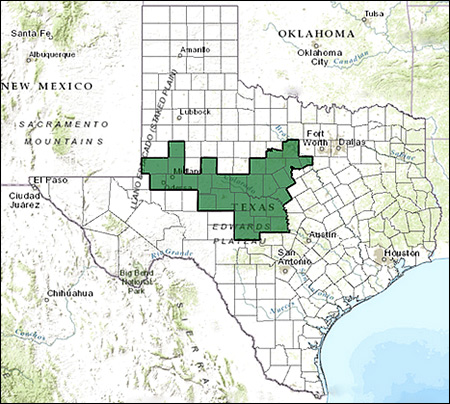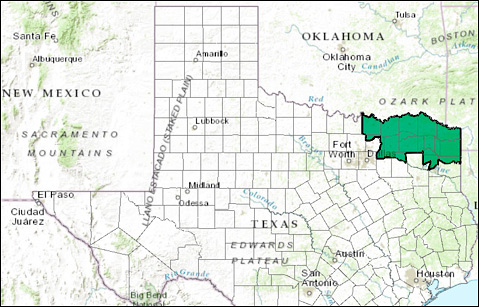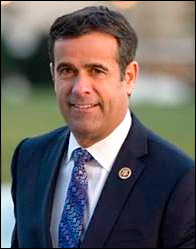By Jim Ellis

Mississippi state flag
As expected, Attorney General Jim Hood easily dispatched seven Democratic opponents and captured the party nomination outright with a 69 percent statewide win. Hood, often called “the most successful Democratic politician in the South” because of winning four consecutive statewide elections as Mississippi’s AG, scored majority support in all but six of the 80 reporting counties. At this writing, two counties still had not released their vote counts.
The Republican side is headed for an Aug. 27 run-off, as Lt. Gov. Tate Reeves, who earned Gov. Bryant’s backing for this election campaign, looks to be falling just a point short of securing the nomination. Of the estimated outstanding votes, Reeves would have to garner about 81 percent in order to win outright. Since his strongest county, tiny Coahoma, gave him 67.5 percent of the vote but from a total universe of only 120 voters, it indicates that attracting 81 percent of the outstanding ballots is not mathematically feasible.
Therefore, Reeves advances into the secondary election against former state Supreme Court Justice Bill Waller Jr., who placed second with 33 percent of the vote compared to Reeves’ 49 percent. The third candidate in the race, state Rep. Robert Foster (R-Hernando), captured 18 percent and won two counties. Judge Waller finished first in seven counties.
Obviously, Reeves’ dominant showing in carrying 71 counties, which was almost enough for him to claim the nomination, now makes him a heavy favorite for the run-off. It will be interesting to see if Judge Waller comes under pressure not to force the secondary vote and an award the nomination to Reeves in order to unify the party and better prepare for the campaign to oppose Hood.
Turnout proved high in comparison with other races of note, at least for Republicans. The still growing turnout figure of 366,477 Republican voters tops the last open gubernatorial race back in 2011 when just under 290,000 individuals voted in that particular Republican primary. The Democrats’ 276,664 voter turnout figure increases the total participation figure in yesterday’s vote to 643,141 individuals with the two counties still outstanding.


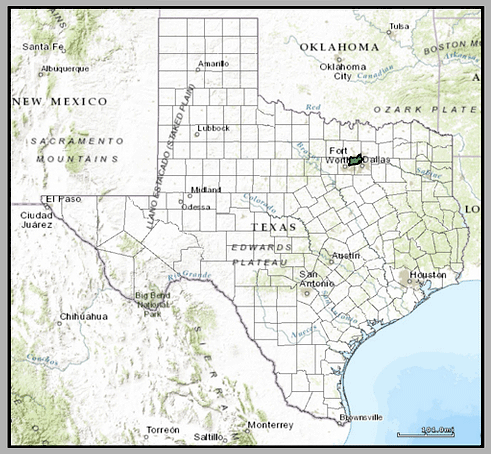


 Aug. 2, 2019 — In the latter half of July, several different pollsters conducted Democratic presidential primary polls in seven important primary states. In Iowa, New Hampshire, South Carolina, California, Texas, Michigan, and Illinois — all states whose voters will cast primary ballots on or before March 17 — contain an aggregate 1,012 first-ballot delegates.
Aug. 2, 2019 — In the latter half of July, several different pollsters conducted Democratic presidential primary polls in seven important primary states. In Iowa, New Hampshire, South Carolina, California, Texas, Michigan, and Illinois — all states whose voters will cast primary ballots on or before March 17 — contain an aggregate 1,012 first-ballot delegates.